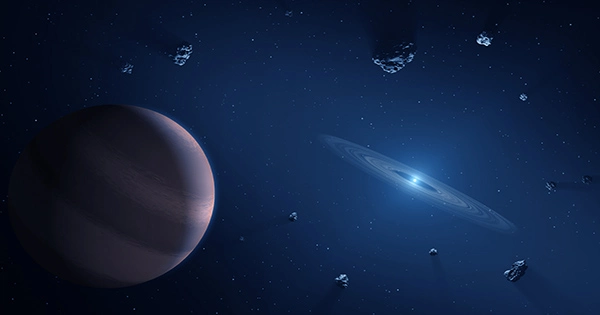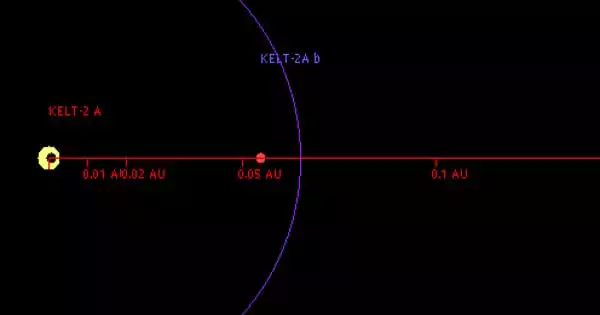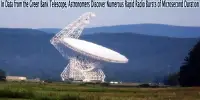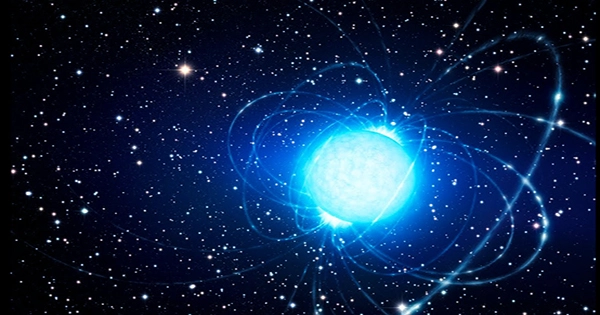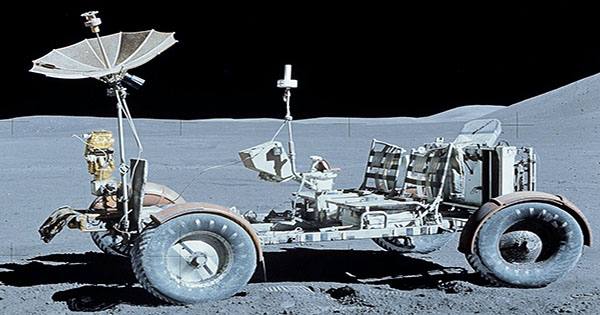The Running Chicken Nebula, also known as IC 2944, is an open cluster with an associated emission nebula in the constellation Centaurus, near the star λ Centauri. It contains Bok globules, which are frequently active star formation sites. However, there is no evidence of star formation in any of the globules in IC 2944. RCW 62, G40, and G42 are some of the other names for IC 2944.
The Running Chicken Nebula spans over 100 light-years and is illuminated by Collinder 249, a young open cluster of stars near the nebula’s center. Hundreds of hot, massive stars in the cluster emit intense ultraviolet radiation, causing the surrounding gas to glow.
IC2944 is a star cluster associated with the surrounding emission nebula located 6500 light years from Earth in the Centaurus constellation. The object is visible only from the southern hemisphere and spans 100 light years across the sky. Another two emission nebulae are included in the image, the bright IC2948 and the fainter IC2872. The image on the right is a close-up of a group of Bok globules discovered in IC 2944 by astronomer A. David Thackeray in 1950. Thackeray’s Globules are the name given to these globules. Six stars are visible in 2MASS images within the largest globule.
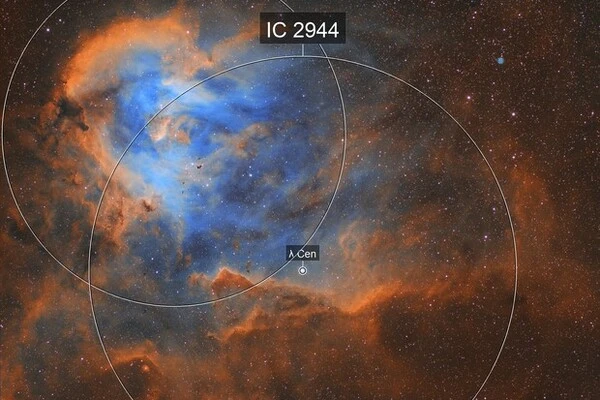
The Running Chicken Nebula is also notable for its intricate network of dark nebulae, which appear as dark, obscuring patches against the bright emission nebulosity. These dark nebulae are made up of cold, dense gas and dust, which block the light of nearby stars and create intricate, filamentary patterns in the nebula.
In modern images, the nebulosity region includes both IC 2944 and IC 2948, as well as the fainter IC 2872 nearby. IC 2948 is the brightest emission and reflection nebula in the southeast, while IC 2944 is the star cluster and surrounding nebula stretching towards Centauri. The running chicken nebula is named after a cluster of stars that resembles a running chicken. Lambda Centauri is located just outside IC 2944. The nebulae are located 6,500 light years away from Earth.
Overall, the Running Chicken Nebula is a fascinating object for astronomers to study, as it provides insights into the processes of star formation and the interaction between young, massive stars and their surrounding environment.

